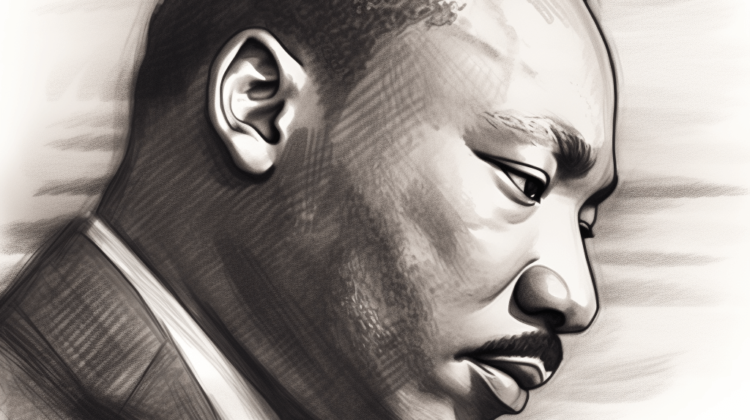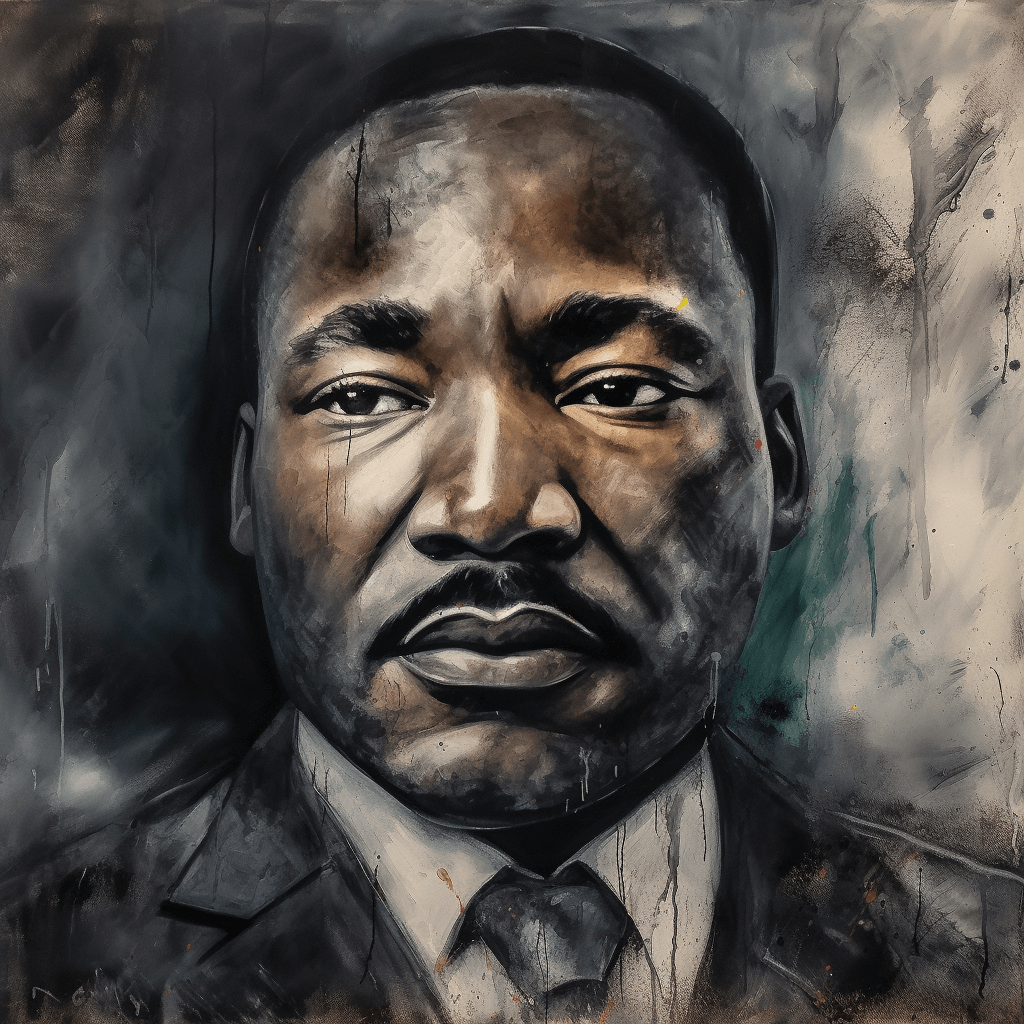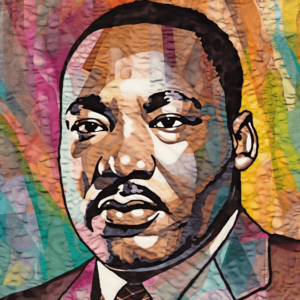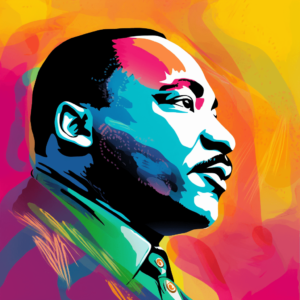
Table Of Contents
A Fateful Day: April 4, 1968
King’s Arrival in Memphis
Dr. Martin Luther King Jr. arrived in Memphis to support striking sanitation workers. Their protests were a part of the broader civil rights movement, fighting for equal rights and justice for African Americans.
The Lorraine Motel
King and his entourage, including Jesse Jackson and Andrew Young, stayed at the Lorraine Motel. This motel was a popular spot for black leaders, providing them with a safe haven in the racially tense city.
The Assassination
The Fatal Shot
On April 4, 1968, King was standing on the second-floor balcony of the motel when a single shot rang out. The bullet struck King in the neck, causing him to collapse immediately.
Pronounced Dead
King was rushed to St. Joseph’s Hospital but was pronounced dead at 7:05 pm. The news of King’s assassination sent shockwaves throughout the nation, leading to widespread civil unrest.
The Aftermath of King’s Death
Public Reactions
The news of King’s death sparked riots in more than 100 cities across the United States. The civil unrest lasted for days, leaving thousands injured and numerous dead.
Civil Rights Movement’s Struggle
The civil rights movement lost a key leader, but King’s death also galvanized the movement, inspiring many to continue the fight for equal rights.
King’s Funeral Service
On April 9, 1968, King’s funeral service was held at Ebenezer Baptist Church in Atlanta. Thousands of people attended the service, including political leaders and prominent civil rights activists.

James Earl Ray: The Man Behind the Trigger
Background
James Earl Ray was a small-time criminal with a history of robberies and prison escapes. He had a deep-seated hatred for King and the civil rights movement.
Ray’s Involvement
James Earl Ray Fired
Ray fired the shot that killed King from the bathroom window of a nearby boarding house on South Main Street.
Ray’s Fingerprints
Investigators found Ray’s fingerprints on the rifle used to kill King and on various items left behind in the boarding house.
The Guilty Plea
Ray Pleaded Guilty
On March 10, 1969, Ray pleaded guilty to King’s murder, avoiding a trial and the death penalty. He was sentenced to 99 years in prison.
Ray Recanted
Ray later recanted his confession, claiming he was a pawn in a larger conspiracy. He spent the rest of his life trying to prove his innocence.
The Investigation and Arrest
Memphis Police Department
The Memphis Police Department launched an extensive manhunt for King’s killer, coordinating with the FBI and other law enforcement agencies.
Shelby County
The investigation eventually led to Shelby County, where Ray was arrested on June 8, 1968, at London’s Heathrow Airport.
The Boarding House on South Main Street
Investigators discovered that Ray had rented a room at a boarding house on South Main Street, just across from the Lorraine Motel.
The Bathroom Window
The fatal shot was fired from the bathroom window of Ray’s rented room. A rifle with Ray’s fingerprints was found discarded nearby.
Conspiracy Allegations and Ray’s Innocence
Government Conspiracy
Many people believe that the U.S. government was involved in King’s assassination, pointing to the FBI’s surveillance of King and their attempts to discredit him.
Further Investigation
Several investigations have been conducted over the years, but no concrete evidence has been found to support the conspiracy theories.
King’s Legacy: Impact and Remembrance

Coretta Scott King and the King Family
King’s Widow
Coretta Scott King, King’s widow, played a vital role in preserving her husband’s legacy. She fought for the establishment of a national holiday in his honor and worked tirelessly to promote civil rights and social justice.
Dexter King Called
Dexter King, one of King’s sons, has also been vocal in seeking the truth about his father’s assassination. He met with James Earl Ray in 1997 and publicly supported Ray’s efforts to prove his innocence.
The King Center
The King Center, founded by Coretta Scott King, is dedicated to preserving King’s legacy and promoting nonviolent social change. It houses King’s papers, memorabilia, and other historical artifacts.
National Civil Rights Museum
The Lorraine Motel has been transformed into the National Civil Rights Museum, showcasing the history of the civil rights movement and King’s life and work.

Martin Luther King Jr. Day: A National Holiday
King’s contributions to the civil rights movement and the fight for racial equality are commemorated annually on Martin Luther King Jr. Day, a national holiday celebrated on the third Monday in January.
The assassination of Martin Luther King Jr. remains a pivotal event in American history, shaping the course of the civil rights movement and leaving a lasting impact on society. Despite ongoing conspiracy theories, James Earl Ray’s guilt remains the official conclusion.
FAQs
- Where did Martin Luther King Jr. get shot?
King was shot on the balcony of the Lorraine Motel in Memphis, Tennessee. - What happened on April 4?
On April 4, 1968, Martin Luther King Jr. was assassinated by James Earl Ray. - Why is Martin Luther King a hero?
King is considered a hero for his nonviolent fight for civil rights and racial equality, inspiring millions and bringing about significant social change. - Who shot Martin Luther King Jr. and why?
James Earl Ray shot Martin Luther King Jr. due to his deep-seated hatred for King and the civil rights movement. - What major tragic events happened in 1968?
Major tragic events in 1968 include the assassination of Martin Luther King Jr., the assassination of Robert F. Kennedy, and the escalation of the Vietnam War. - Who was with MLK when he was shot?
King was with Jesse Jackson, Andrew Young, and other members of his entourage when he was shot. - What happened in 1963 Martin Luther King?
In 1963, King delivered his famous “I Have a Dream” speech during the March on Washington for Jobs and Freedom. - What are 5 things Martin Luther was known for?
King is known for his role in the civil rights movement, his “I Have a Dream” speech, the Montgomery Bus Boycott, winning the Nobel Peace Prize, and advocating for nonviolent resistance.

Leave a Reply